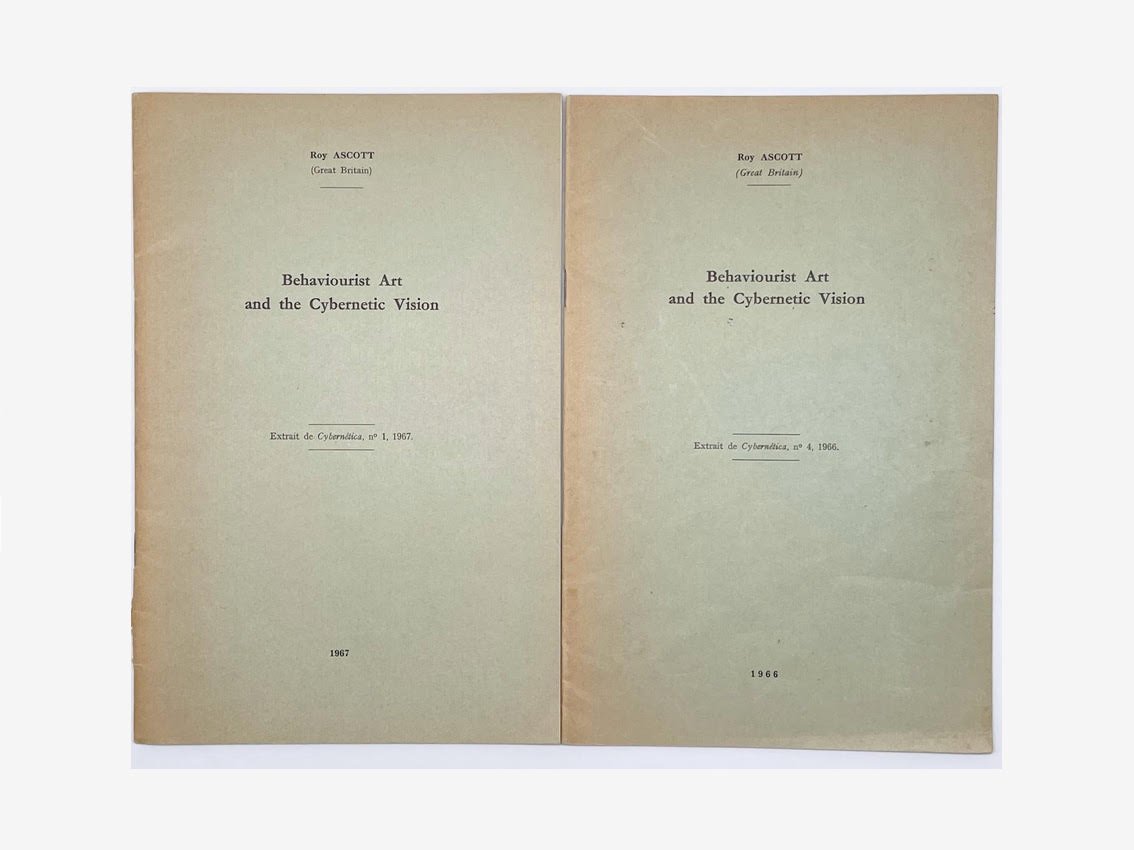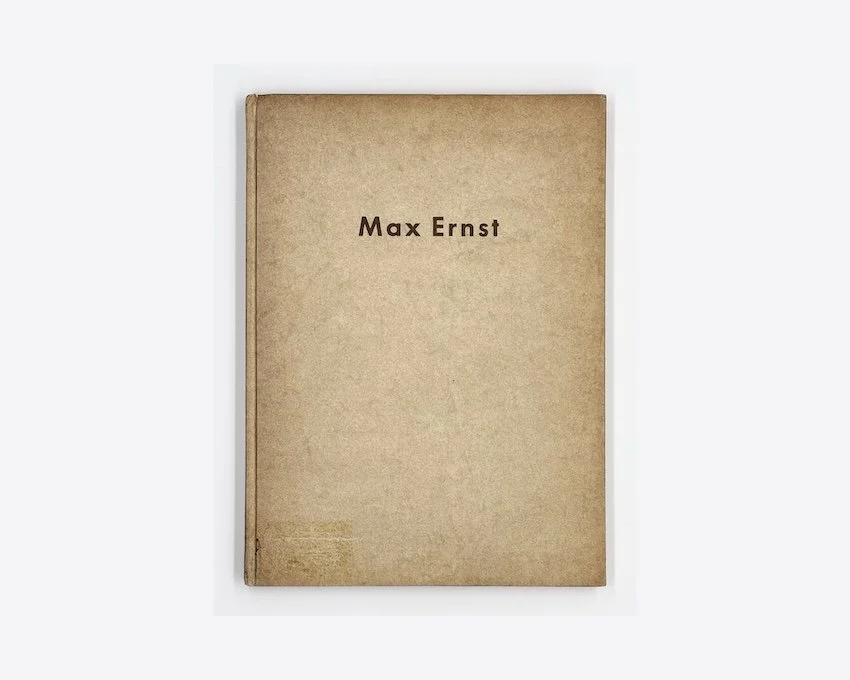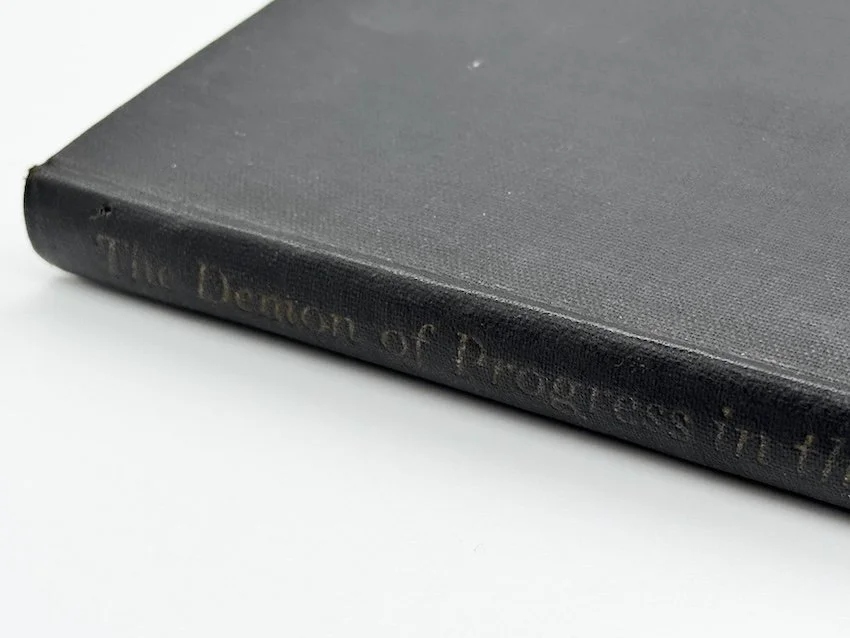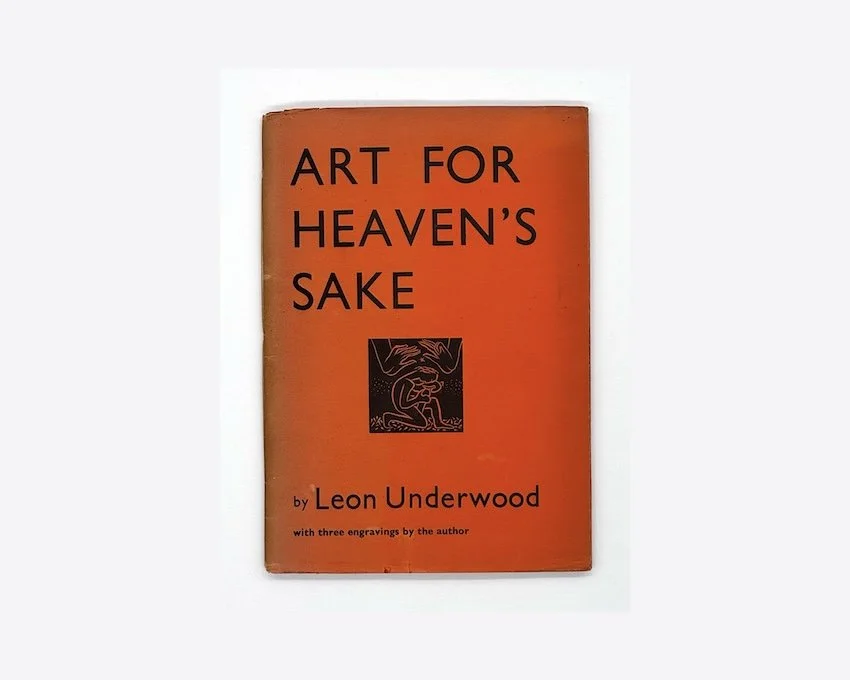 Image 1 of 2
Image 1 of 2

 Image 2 of 2
Image 2 of 2



Roy Ascott: Behaviourist Art and the Cybernetic Vision. 1966-1967
“Since the 1960s, the British educator, artist, and theoretician Roy Ascott has been one of Europe's most active and outspoken practitioners of interactive computer art Ten years before the personal computer came into existence, Ascott saw that interactivity in computer-based forms of expression would be an emerging issue in the arts. Intrigued by the possibilities, he built a theoretical framework for approaching interactive artworks, which brought together certain characteristics of the avant-garde (Dada, surrealism, Fluxus, Happenings, and pop art, in particular) with the science of cybernetics championed by Norbert Wiener.
Ascott's thesis on cybernetic vision in the arts begins with the premise that interactive art must free itself from the modernist ideal of the "perfect object" Like John Cage, he proposes that the artwork be responsive to the viewer, rather than fixed and static. But Ascott expands on Cage's premise in the realm of computer-based art, suggesting that the "spirit of cybernetics" offers the most effective means for achieving a two-way exchange between the artwork and its audience. Ascott challenges artists to acknowledge information technology as the most significant tool of the age, and insists that it is the artist's obligation to use this technology. Yet, unlike Nam June Paik's vision, Ascott's is not ironic; rather, it is utopian in its embrace of a new medium, excited by the potential of a thriving, dynamic exchange between technology and art to empower the spectator and deepen his or her experience.”
Ref: Randall Packer and Ken Jordan (ed): Multimedia. From Wagner to Virtual Reality New York, London: W. W. Norton & Company 2002, pp. 104-120.
Title: Roy Ascott: Behaviourist Art and the Cybernetic Vision.
Publisher: Self published (?) Extract from Cybernetica no. 1966 / and Cybernetica no.1 1967 (sic)
Publication date: 1966-1967
Format: stapled wraps
Page: approx 20 pages each
Condition: Very good. Edges of covers slightly faded. Internally pages clean. very good
Stock Number: RB02518
“Since the 1960s, the British educator, artist, and theoretician Roy Ascott has been one of Europe's most active and outspoken practitioners of interactive computer art Ten years before the personal computer came into existence, Ascott saw that interactivity in computer-based forms of expression would be an emerging issue in the arts. Intrigued by the possibilities, he built a theoretical framework for approaching interactive artworks, which brought together certain characteristics of the avant-garde (Dada, surrealism, Fluxus, Happenings, and pop art, in particular) with the science of cybernetics championed by Norbert Wiener.
Ascott's thesis on cybernetic vision in the arts begins with the premise that interactive art must free itself from the modernist ideal of the "perfect object" Like John Cage, he proposes that the artwork be responsive to the viewer, rather than fixed and static. But Ascott expands on Cage's premise in the realm of computer-based art, suggesting that the "spirit of cybernetics" offers the most effective means for achieving a two-way exchange between the artwork and its audience. Ascott challenges artists to acknowledge information technology as the most significant tool of the age, and insists that it is the artist's obligation to use this technology. Yet, unlike Nam June Paik's vision, Ascott's is not ironic; rather, it is utopian in its embrace of a new medium, excited by the potential of a thriving, dynamic exchange between technology and art to empower the spectator and deepen his or her experience.”
Ref: Randall Packer and Ken Jordan (ed): Multimedia. From Wagner to Virtual Reality New York, London: W. W. Norton & Company 2002, pp. 104-120.
Title: Roy Ascott: Behaviourist Art and the Cybernetic Vision.
Publisher: Self published (?) Extract from Cybernetica no. 1966 / and Cybernetica no.1 1967 (sic)
Publication date: 1966-1967
Format: stapled wraps
Page: approx 20 pages each
Condition: Very good. Edges of covers slightly faded. Internally pages clean. very good
Stock Number: RB02518

























